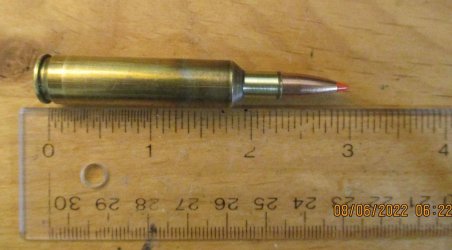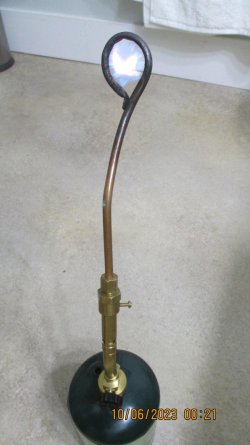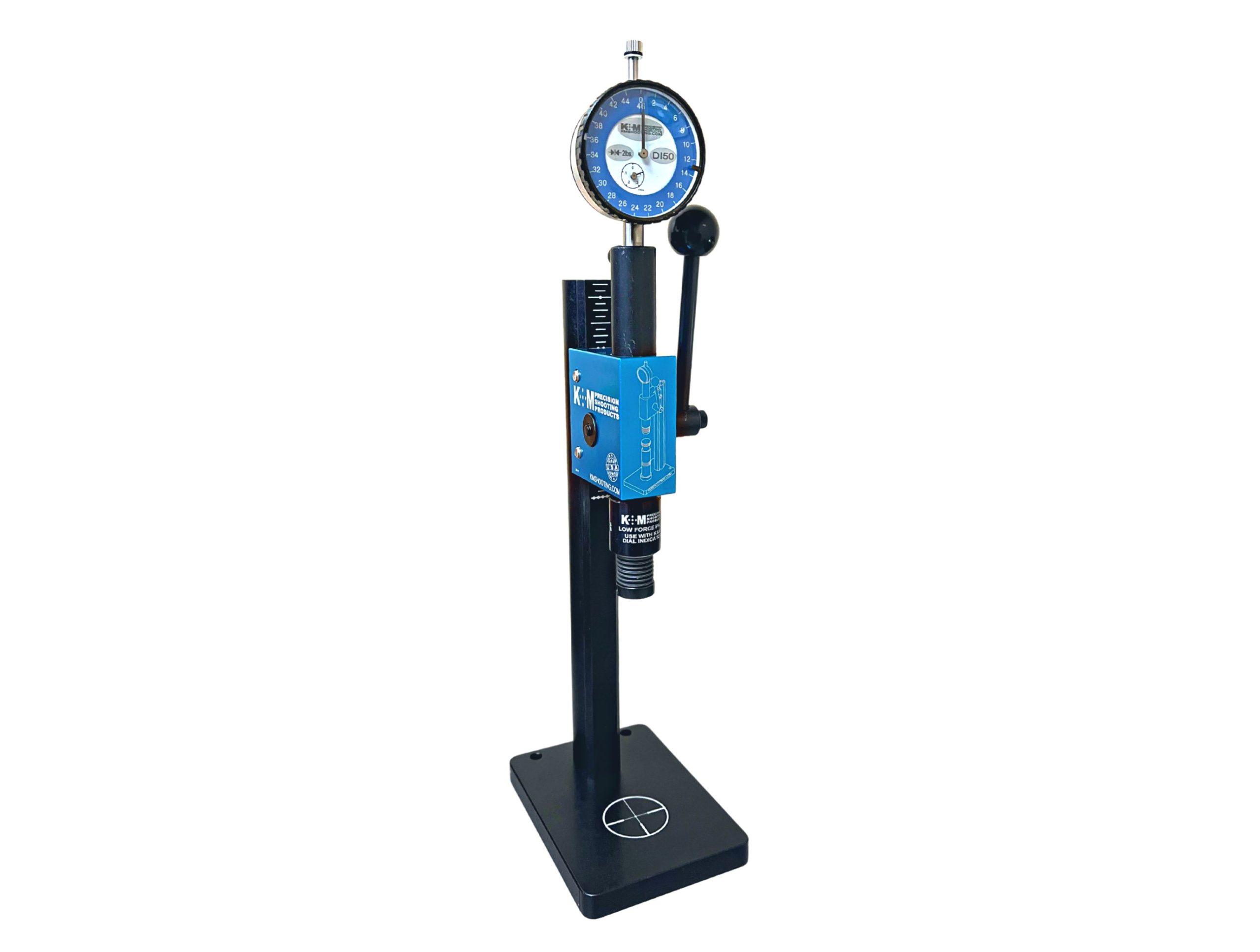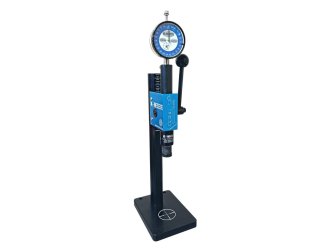I try to make this as simple as possible.
If I can't easily slip fit a bullet into a fired case I turn the neck to get a slip fit into fired cases. I use a RCBS neck turner, maintain blade edge with diamond file, & chuck brass into my Dewalt cordless - works up to .473 & slightly more.
Upon turning the neck(s) to enable a slip fit into fired case necks; I remove the expander from my F/L die.
After F/L resizing I use a Lee collet die to compress neck around mandrel.
The kicker is brass spring back - annealing case necks will help - increase brass grain size & reduce work hardening. Crimping bullets using the Lee crimp die helps - exceeds brass elastic limit and spring back.
Almost all brass has neck walls thicker than needed. This can be fixed by neck turning or use of bushing dies or having die necks honed out.
I use a simple loop tip with propane. The oxidizing part (just at the end of blue flame, flame must be blue) of the propane has a temp of over 3,500 F, - anneals brass real quick.
F/L die bushings are available in increments of .001. Forster can hone out or increase diameter of their F/L dies in increments of .001. Avoid working brass as much as possible.
Chamber temperature variations may result in expansion/contraction of ammo diameters less than .001.






